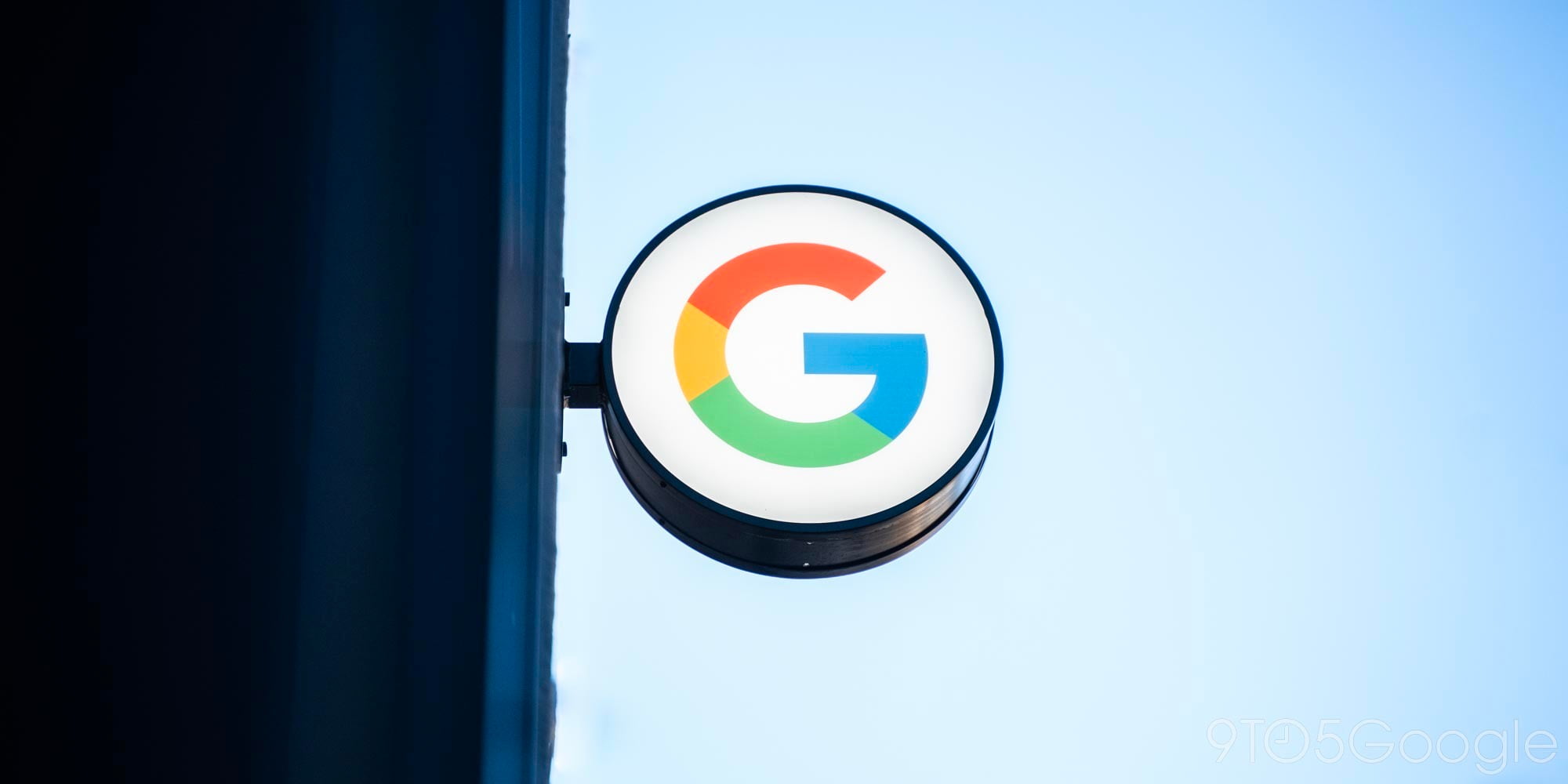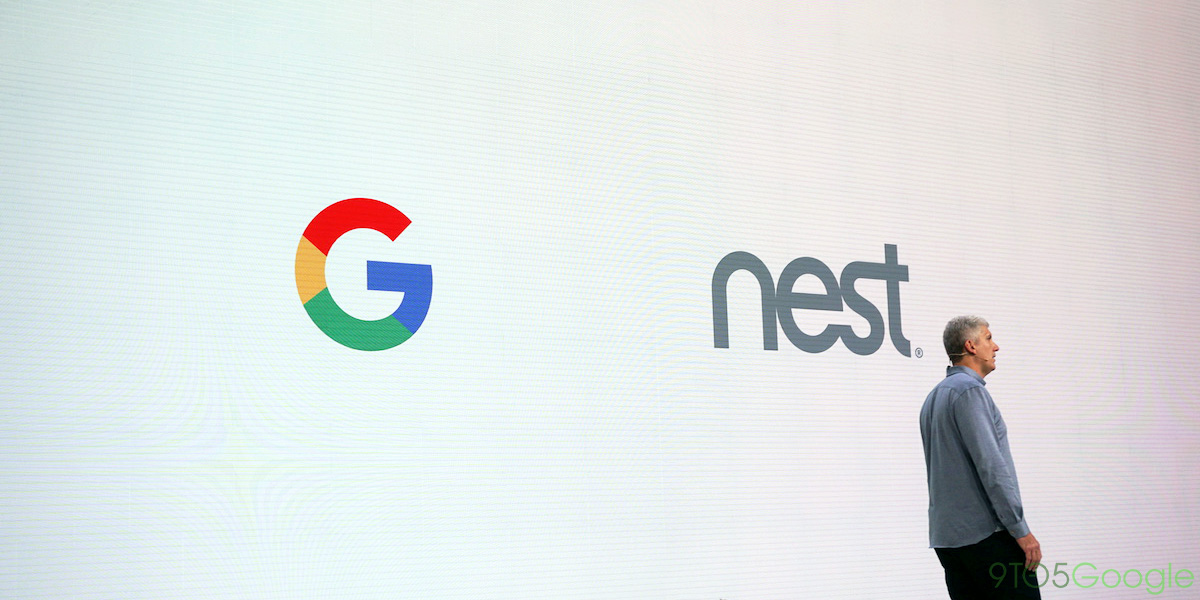Google Assistant

Assistant is Google’s personal assistant that is capable of answering questions, performing automated tasks, and more.

Assistant is Google’s personal assistant that is capable of answering questions, performing automated tasks, and more.

Google Assistant is super powerful, and it’s only going to get better with some of Google’s latest work. However, the move from Google Now saw a bunch of useful features ditched entirely. Now, Google Assistant is reviving a handy feature that remembers where you parked.

In addition to a new Driving Mode that replaces Android Auto on phones, Google at I/O 2019 announced that Assistant is coming to Waze. Google Assistant in Waze for Android is now beginning to roll out in the U.S.

The latest Google app beta is rolling out this evening with one notable change for your profile image. Besides the Google One subscription indicator, Google app 10.4 reveals work on Assistant suggestions possibly appearing on the Android lockscreen.

Netflix is one of the most used services on basically anything with a display, but the service has oddly lacked support for Google Assistant smart displays since launch. Now, the Netflix action for Google Assistant is showing compatibility with the Nest Hub and other smart displays, suggesting imminent arrival of the feature.

Google Assistant is available in a ton of different places, and one area that’s often overlooked is headphones. Google cooked up a unique way to interact with the Assistant on select headphones last year, and now, quite a few options support it. Looking to get a set? Here are the best headphones you can buy right now with Google Assistant built-in.

Google Assistant is available on devices of all shapes and sizes, with plenty of different places you can use it. As far as smaller devices go, though, there are two main options with the Google Nest Hub and Lenovo Smart Clock. Which one is right for you? Let’s take a look.

Google Assistant is slowly making its way into every part of our lives, and I for one am not complaining. Since launch, I’ve had a Google Home or a Nest Hub somewhere in my bedroom for controlling my lights and alarms. Now, those are being replaced by the Lenovo Smart Clock, and I think it’s the only Google Assistant device you should have in your bedroom. Here’s why.

Google Assistant is designed to make our lives easier, which is why it’s frustrating when it doesn’t work properly. Over the past several months, some users have been reporting an issue with Google Assistant where it mutes itself over Bluetooth, which is especially frustrating for Android Auto users.

It’s a really good idea to have a security camera running in your home nowadays, but the cost can easily turn users off. Wyze has been a popular choice for super-affordable cameras for quite some time, and today it’s officially adding support for Google Assistant.

The non-voice aspects of using Google Assistant on a phone date back to Now on Tap with that functionality still available through “What’s on my screen.” However, that screen search capability appears to be broken for many users this month.

The smart home is more than just security alarms and light bulbs. In the past couple of years, connected kitchen appliances have become popular, and today GE is announcing that it’s got the first microwaves that are compatible with Google Assistant.

Earlier this year, Google app and Assistant settings were revamped with the Material Theme. The latter redesign is still underway menu-by-menu, with Assistant’s ‘Phone’ settings now the latest to receive the visual overhaul.

The Google Store is hosting a “Google Assistant Refer a Friend Sweepstakes” where you can win a Home Max anytime your special link is used to make a purchase. This contest is a somewhat odd way for Google to increase Assistant adoption and sales by leveraging your social circle.

There are now a ton of food delivery services from DoorDash to Postmates, with each having their own app to download, sign-up for, and manage. Google is now integrating these services right into Assistant, Search, and Maps for a unified and direct experience.

Months after its reveal back at CES 2019, the Lenovo Smart Clock is finally about to ship to consumers’ doorsteps. Ahead of a coming review, we’ve got a unit in hand and while we can’t show you much until that full review, there is one thing we’ve immediately noticed about this product. Thanks to its compact size, the Lenovo Smart Clock is probably going to be the smallest thing on your nightstand.

During MWC earlier this year, Google confirmed that the Assistant would be coming soon to their Messages app. At the time, no specific timeline was shared for when the Assistant would land on our devices. With today’s Messages for Android update, the Google Assistant is arriving for some, bringing useful contextual suggestions.

After launching on the Sonos One and Beam last week, Google Assistant is coming to the Bose lineup of smart speakers and soundbars. An upcoming update will essentially turn the new Bose Home Speaker 300 and current 500, as well as the Bose Soundbar 500 and 700, into a Google Home.

Google announced several months ago that it would be adding “Character Alarms” to its Assistant smart displays, and over the weekend that feature has finally made its debut. Character Alarms are now available on Nest Hub and other Google Assistant smart displays.

Sonos speakers are a step up for most home audio systems and the just added Google Assistant support makes the products even more appealing. The Sonos One and Beam are now frustratingly close to being a better Google Home, but ultimately are not direct replacements, especially if you’re already invested in the Google ecosystem.

One of the most impressive tech demos Google has ever shown off was the reveal of Google Duplex back at I/O last year. While we figured the tech was years from rolling out to consumers, the company has just announced that Google Duplex is now rolling out in the majority of the United States for Pixel owners.

Google demonstrated at I/O 2019 how AI could be leveraged to extend and create new accessibility features. On Global Accessibility Awareness Day, the company is publishing a series of how-to videos about setting up Google Assistant and Google Home.

Last week at Google I/O, some new details regarding the Nest brand were shared. Specifically, Google announced that it was bringing the Nest and Home brands under one roof as “Google Nest.” One change that had users up in arms, though, was the shutdown of the “Works with Nest” program. Today, Google has posted an update on what that shutdown means.

Yesterday, the latest Google Home firmware widely rolled out to speakers and Smart Displays. On the Nest Hub, it introduces a new shortcut in Home View to quickly launch Google Assistant Routines.

Google Assistant is clearly a huge pillar for the company, and the way it interacts with users is a part of that brand. Today, we’re seeing some users reporting a radical redesign for Google Assistant on their Android devices.